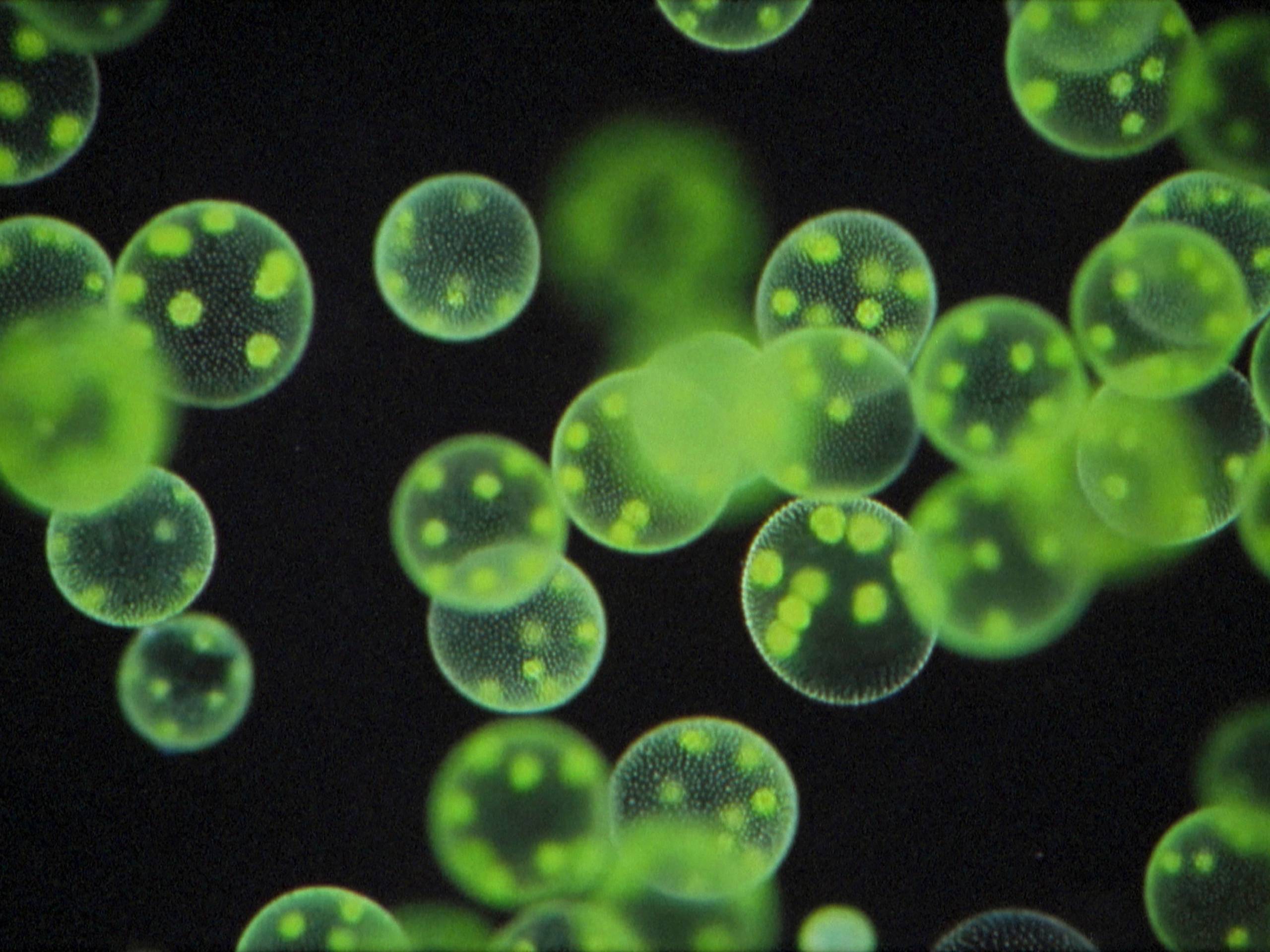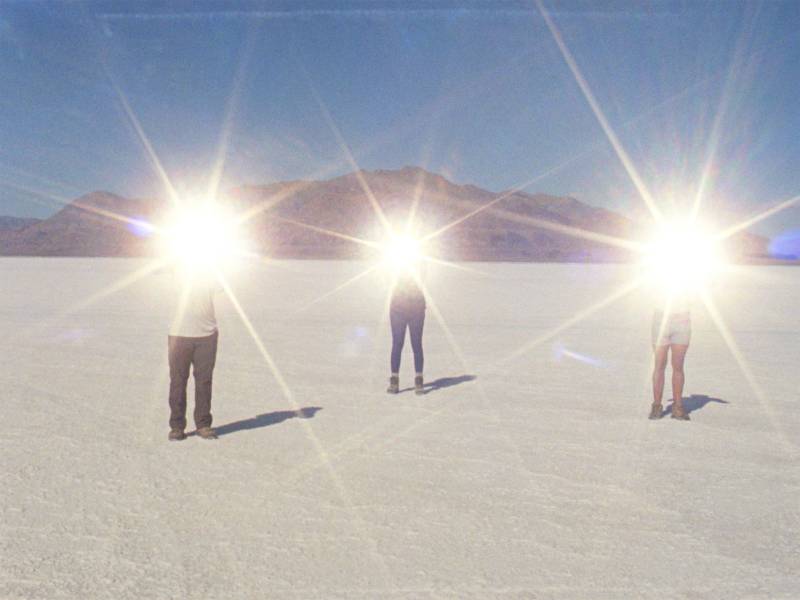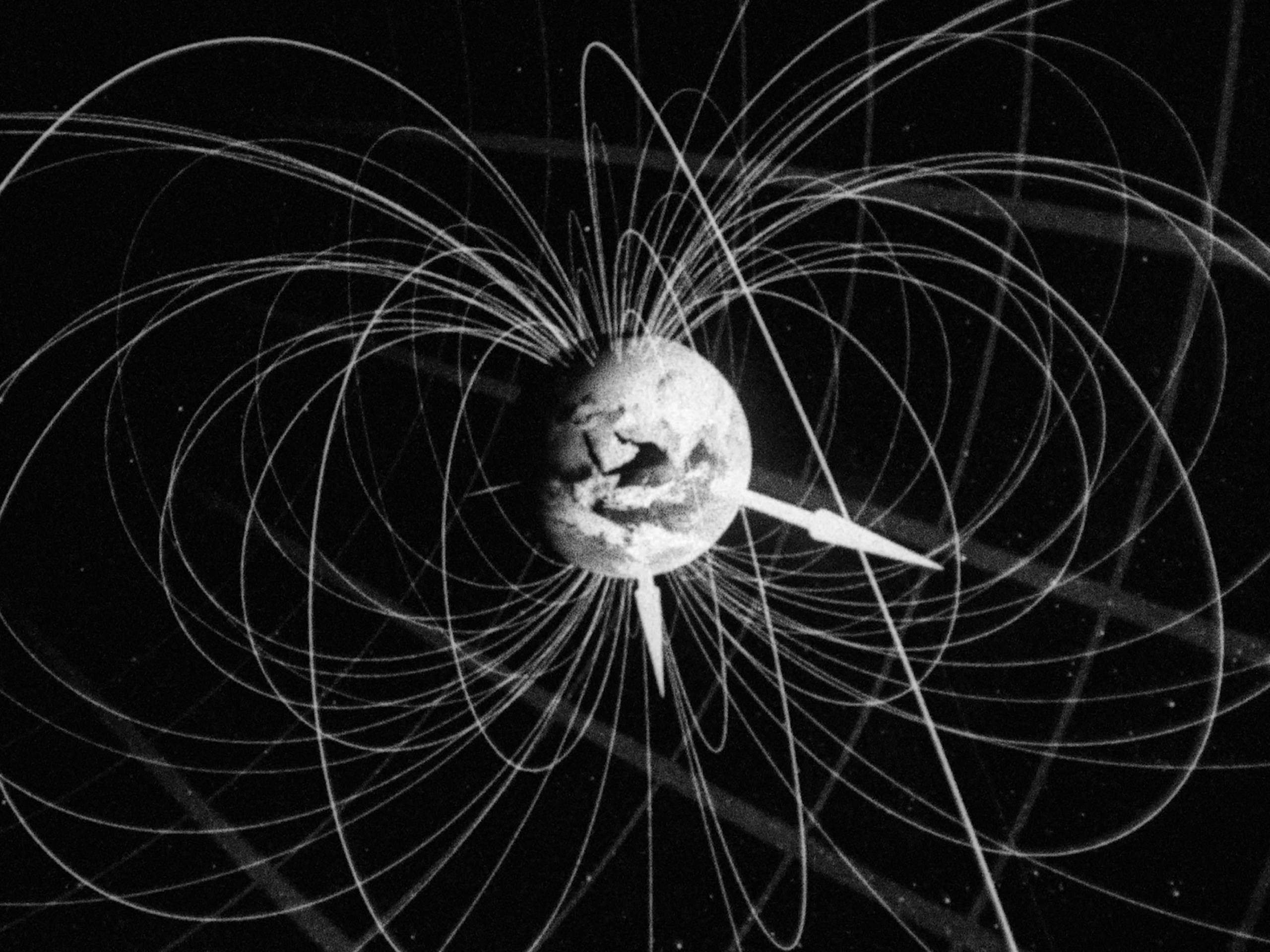The most calming, and refreshing, aspect of Last Things, Deborah Stratman’s experimental documentary about Earth’s geological roots, is that human beings are minor, peripheral characters. You can’t argue with the film’s implicit logic: In our galaxy and our planet’s epic evolution across time and space, our species are mere transients — a fact we do tend to forget, buffeted between the stupid (the news cycle) and the trivial (social media).
An entrancing blend of hard science and ephemeral existentialism, Last Things has its Bay Area premiere Sunday, Sept. 10, in San Francisco Cinematheque’s annual Crossroads festival of avant-garde film and video from around the world. The 50-minute work premiered in Sundance’s New Frontier section in January and, in a logical world, would play on a permanent loop at the Exploratorium ‘til the end of (human) time.
The veteran Chicago filmmaker has crafted a rock-y history picture show from a wondrous array of image sources (including NASA Conceptual Animation Lab, NASA GSFC/Scientific Visualization Studio and NASA Goddard Space Flight Center). Last Things fleetingly calls to mind, visually and thematically, some of the work of Terence Malick (The Tree of Life), but Stratman’s sensibility is less poetic and more tactile.

“All matter does have a history, but it doesn’t remember it,” geologist Dr. Marcia Bjornend tells us in the beginning, and that bit of backstory colors our view of every ensuing stone and mineral. We may think of rocks as devoid of life (if not personality), but they preceded life on Earth. Indeed, Stratman could have called her film First Things, except it would situate it in the past rather than the perpetual present.
The title Last Things does possess an apocalyptic whiff that’s slightly misleading. We anticipate that climate change, precipitated by Earth’s exploitation by humans, will emerge as a major theme. But 40 minutes pass before Stratman alludes to the malign impact of humans, marking the filmmaker’s most overt editorializing while simultaneously underscoring her restraint. (Especially since, Stratman has said, “low-grade terminal anxiety about being in the midst of the sixth great extinction” was an impetus to making Last Things.)




